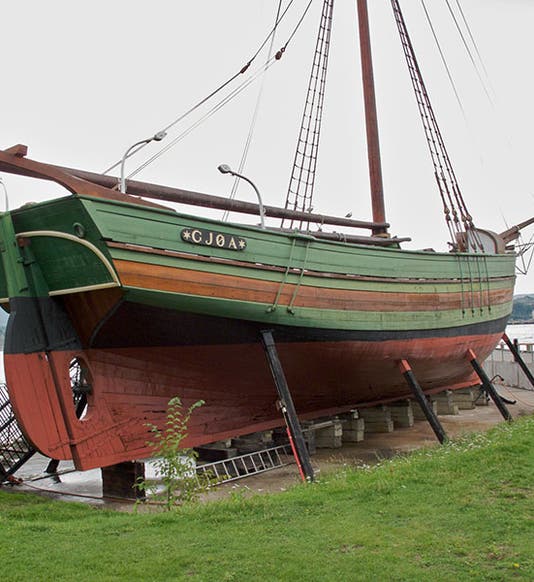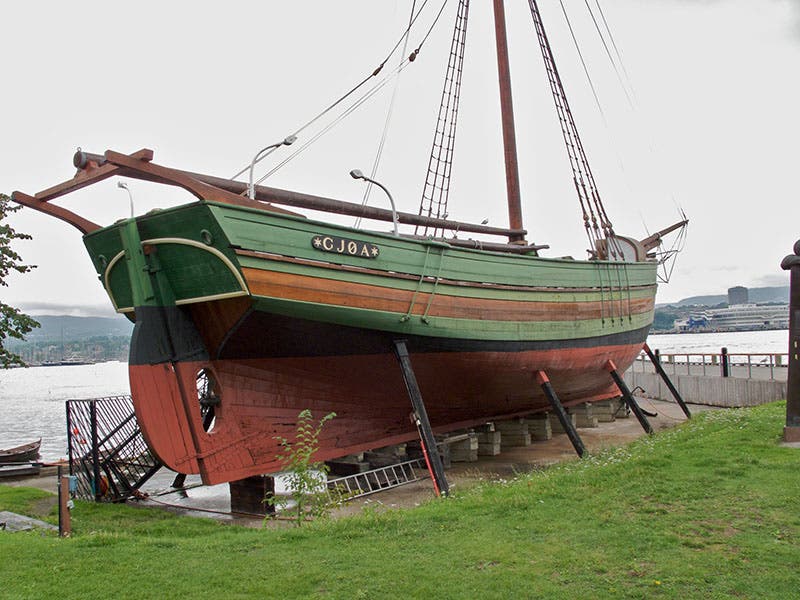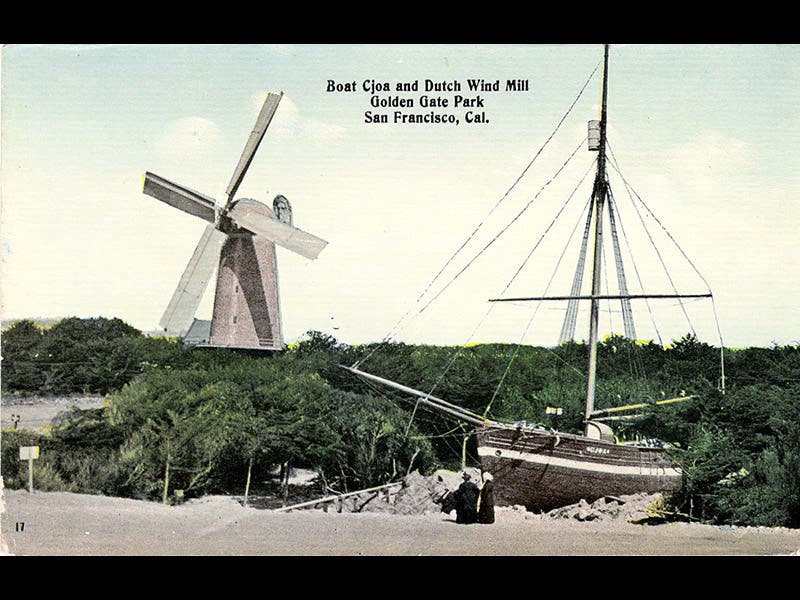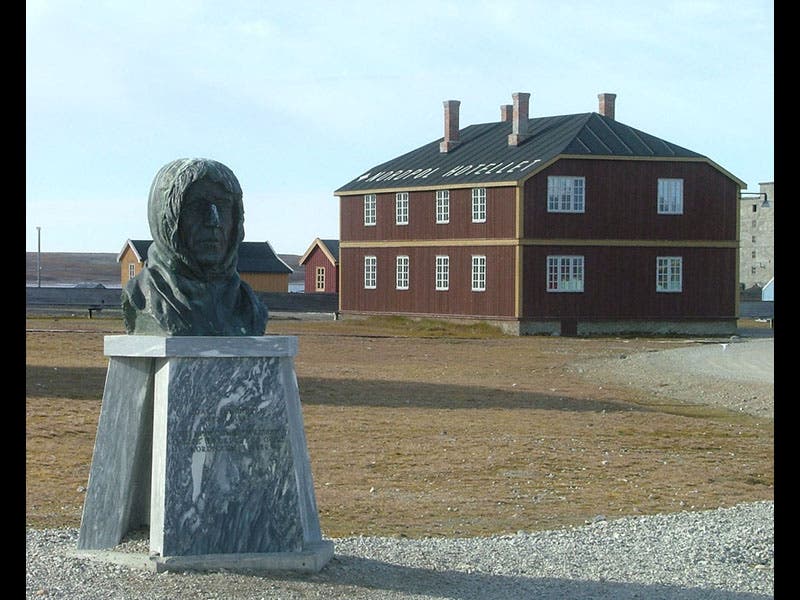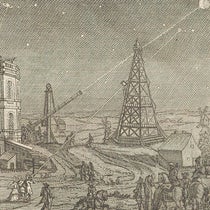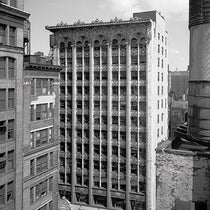Scientist of the Day - Roald Amundsen
Roald Amundsen, a Norwegian explorer, was born July 16, 1872. On June 16, 1903, Amundsen and a crew of six left Norway in the small ship Gjoa, in yet another attempt to seek a Northwest Passage through the Arctic Archipelago north of Canada. In 2008, we mounted an exhibition at the Library documenting 19th-century attempts to find a Northwest Passage; all of these expeditions failed, one of them (the Franklin expedition of 1845) catastrophically, with the loss of the ships Erebus and Terror and all men on board. Our exhibition [!link!] covered only the period from 1818 to 1860, but attempts continued, and they were no more successful than their predecessors, until Amundsen’s voyage of 1903.
Amundsen reasoned that if big, super-strong ships like the Erebus and Terror could not make it, then perhaps a smaller ship with much less draft would have a better chance. Since such a ship could carry few supplies, this meant the explorers would have to live off the land, and this is what Amundsen intended to do. The Gjoa (a former herring-fishery ship, and pronounced "Joe") spent two winters near King William's Island, where the Erebus and Terror had frozen in for good; they called their refuge “Gjoa Haven”. On Aug. 17, 1905, the Gjoa emerged into the Beaufort Sea and completed the passage. They were still far from civilization and had to winter on the north Canadian coast, so Amundsen killed time by travelling 500 miles to the nearest community and sending a telegram announcing their success. The next summer, in 1906, they reached Nome, and eventually San Francisco.
For many years, Gjoa was on display at Golden Gate Park in San Francisco (see second image above), but it was finally returned home; you can now see it at the Norwegian Maritime Museum in Oslo (first image). There are four identical busts of Amundsen scattered around the world, in Spitsbergen, Nome, Gjoa Haven, and Hobart, Tasmania. The image above shows the statue in Ny-Ålesund, Spitsbergen, from which Amundsen successfully flew over the North Pole for the first time.
Dr. William B. Ashworth, Jr., Consultant for the History of Science, Linda Hall Library and Associate Professor, Department of History, University of Missouri-Kansas City. Comments or corrections are welcome; please direct to ashworthw@umkc.edu.

